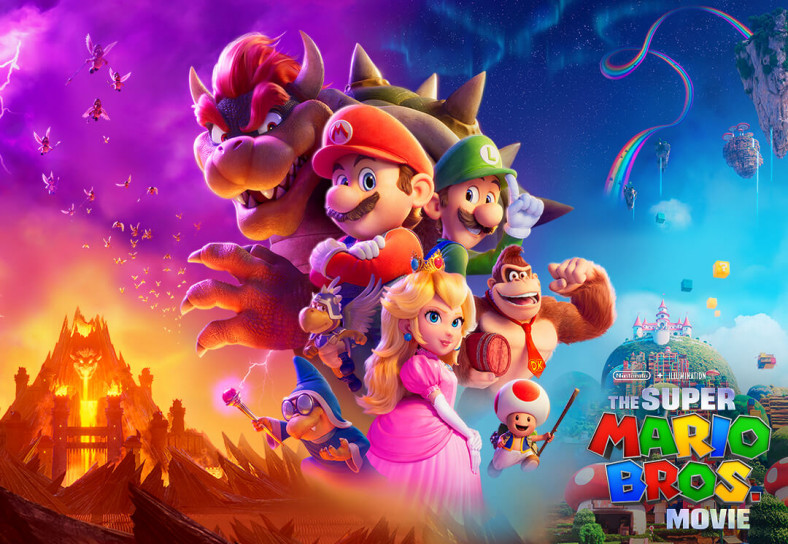HARNESSING SOFT POWER
In 2023, overseas sales of Japanese content totaled 5.8 trillion yen, topping exports of semiconductors and steel, according to the Ministry of Economy, Trade and Industry.
In April of this year, TOHO Co. the studio behind Godzilla said that it had allocated $830m over the next three years to fuel its global expansion. A bet on the rising international demand for Japanese films and anime.
And in July, a Japanese stock rally saw entertainment and digital content stocks, such as Nintendo, Sony and Sanrio (Hello Kitty) outperform top auto makers (whose stocks fell).
Additionally, Japan's tourism trade surplus – when spending by foreign visitors exceeds spending by outbound Japanese tourists – climbed 58% in the last financial year, surpassing the country's surplus derived from patent royalties for the first time. In other words, a lot of people visited Japan and spent a lot of money.
Hits on the awards stage and in box-office charts have helped too. Godzilla Minus One won the Oscar for Best Visual Effects in 2024, Netflix’s live-action One Piece became a global streaming hit, and The Super Mario Bros. Movie earned over $1.3 billion worldwide, just behind Barbie as the year’s highest-grossing films.

So Japanese culture is booming, and the country is finally maximising this soft power internationally. Many may wonder what took it so long, but as is always the way with Japan, timing and external circumstance play a big part. As does access.
We can start with streaming, specifically Netflix, which has invested heavily in Japanese studios and original anime productions, then pushed them to international audiences with dubbing and subtitles, through its global network– something Japanese studios have not been able to match. Disney+ and YouTube have followed, while once-niche platforms such as Crunchyroll have gone mainstream.
Demographics have played a part too. Millennials who grew up on Pokémon, Dragon Ball and Ghibli are now adults with spending power, fuelling demand alongside a younger generation discovering these classics and embracing newer shows like Demon Slayer and Spy x Family.

And of course, Japan still dominates the gaming industry and with Switch 2 selling at twice the rate of the original, this doesn’t look like changing any time soon.
So Japanese content and cultural IP appear to have few competitors. Unlike the auto industry, which is being challenged internationally by China and other tangible exports facing tariff headwinds in the US, manga and anime remain for the most part untouched and provide an escape from a world in turmoil.
These trends hint at a possible future for Japan—one where cultural IP plays a central role in revitalising the economy. However, it’s a future that will involve major transformation and a lot of pain – much as the UK transformed in the 1980s under Thatcher, shifted the nation from a manufacturing base to a more international and diversified service-based economy. Japan’s transition, by contrast, is occurring more by inertia than by deliberate reform, as traditional industries stagnate.
To fully seize the opportunities of a cultural-IP-led economy, Japan will need more than just market momentum. The country will need to proactively modernize its IP laws, invest in talent, and actively cultivate overseas partnerships – ideally with speed and flexibility—traits not always associated with Japan’s corporate culture.
At Eat, we are quietly optimistic. Many of our projects involve both Japanese and foreign stakeholders and we see the efforts being made to be more competitive and more international, while leveraging unique Japanese strengths.
Will Japan reclaim its former position as the world’s No. 2 economy? Probably not. But can it wield outside influence over the world’s imagination through the soft power of cultural IP? Absolutely.
If you enjoyed this piece, subscribe here to The Eat Digest - our monthly newsletter covering our latest insights, Japan brand and marketing news, and much more!